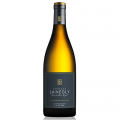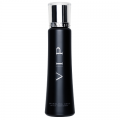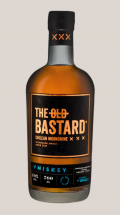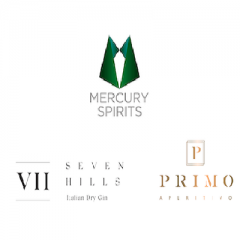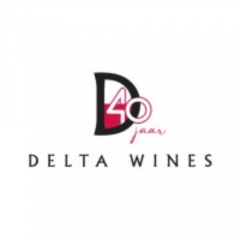Armagnac
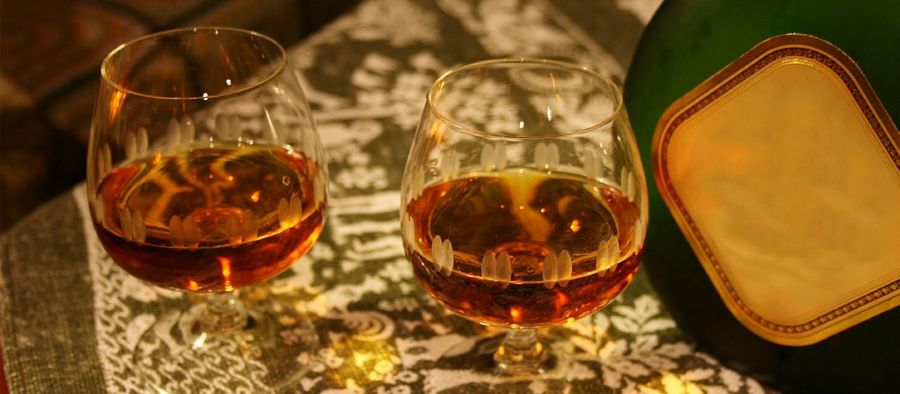
Armagnac is generally considered to be one of France’s great brandies, with its fame and popularity only eclipsed by Cognac. This specific type of brandy is produced in the Armagnac region in southwestern France, approximately 100 miles southeast of Bordeaux. There are three different appellations for Armagnac: Bas-Armagnac (the top Armagnac producing region), Ténareze, and Haut-Armagnac (which produces the lightest Armagnacs).
This spirit is distilled from wine usually made from a blend of grapes including Baco 22A (itself a hybrid of Folle Blanche and Noah grapes), Colombard, Folle Blanche and Ugni Blanc. While these are the most popular grapes used to make the base wine for Armagnac, up to 12 different grape varieties can be used.
Depending on its age, Armagnac can have aromas of violets and sub-notes of caramel, ripe pears, and cooked peaches. The most common aromas and flavors are of flowers and fruits. With age, however, there will be a deepening of these flavors and the appearance of richer, nuttier notes.
Cognac begins aging in oak barrels, with the very best Armagnacs aged in tannin-rich oak barrels derived from the local Monlezun forest. After this initial aging, the Armagnac is then moved to older, larger barrels for extended aging.
On the bottle itself, there will be the specific designation of the vintage date. This is one way that Armagnac differs from Cognac, because vintage-specific designations for Cognac are quite rare. There are four different vintage designations for Armagnac: VS, VSOP, XO/Napoleon, and Vintage.
According to Armagnac regulations, if a bottle’s label displays three stars or the initials V.S (Very Superior), the Armagnac must be aged a minimum of two years. According to Armagnac regulations, a bottle bearing the label VSOP (Very Superior Old Pale) must be aged a minimum of five years. An XO (Extra Old) or Napoleon brandy must be aged a minimum of six years. And, finally, a vintage Armagnac (usually denoted as “Hors d'Age”) needs to be aged at least 10 years in the barrel.
For many brandy connoisseurs, the choice often comes down to Armagnac and Cognac. Armagnac typically has a lower ABV than Cognac due to the way it is produced. Moreover, it is generally considered to have a fuller and more rustic style than Cognac.







